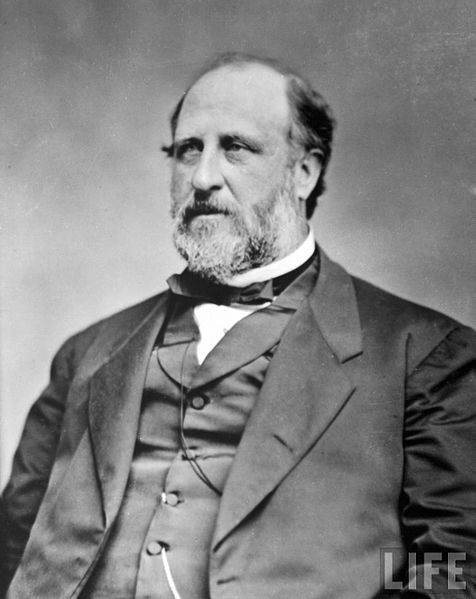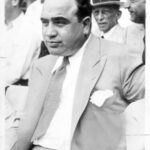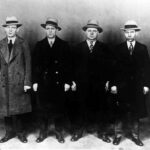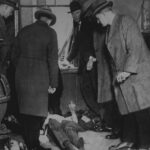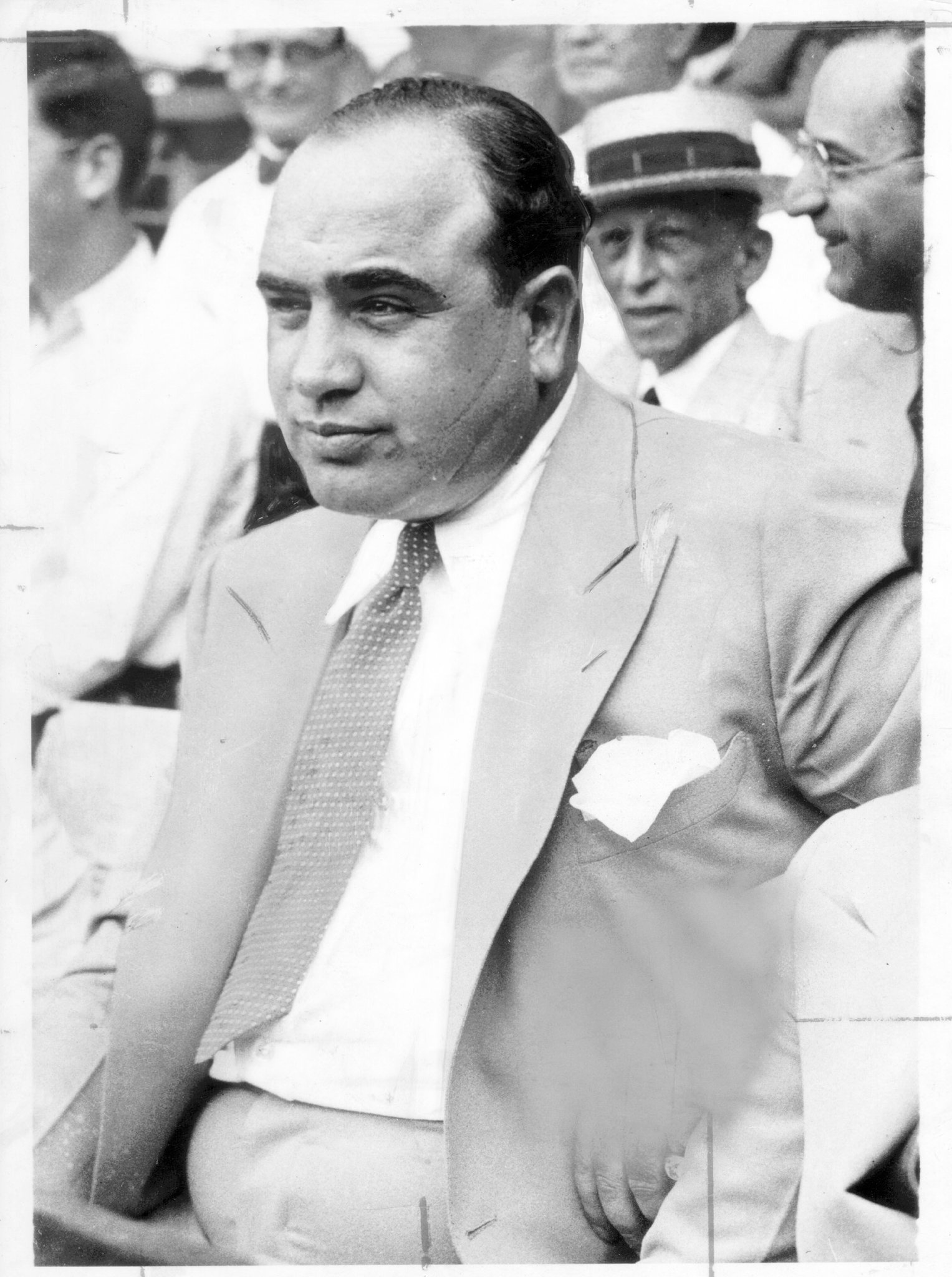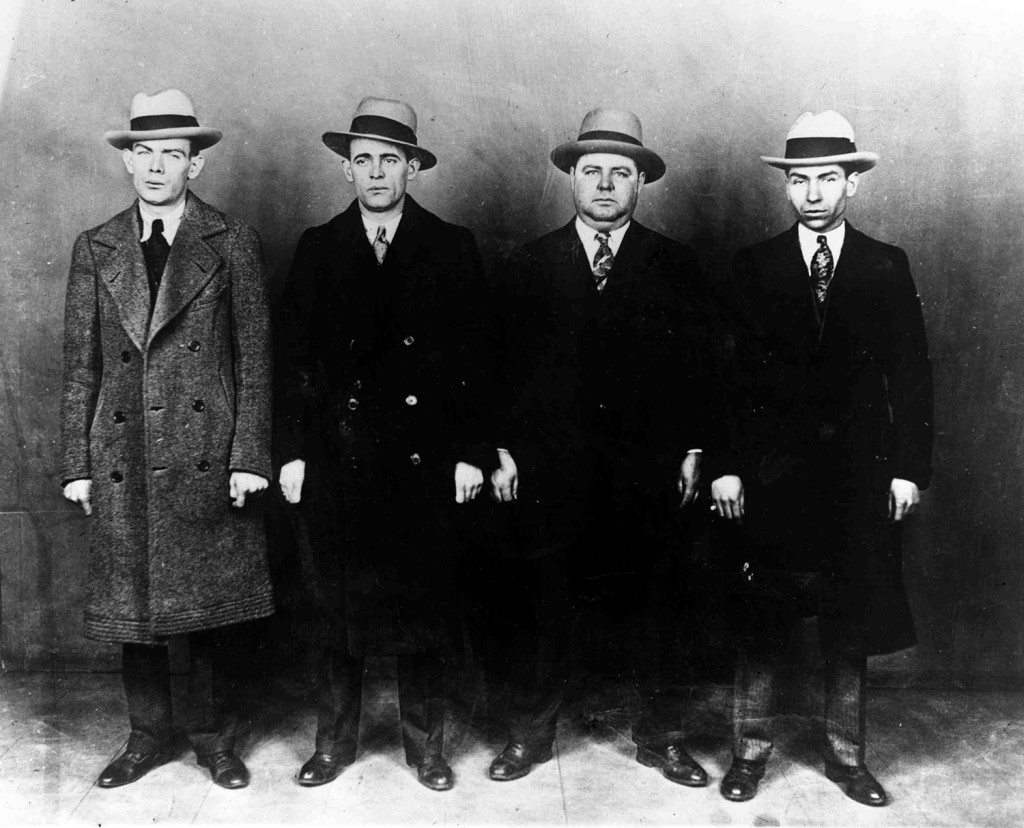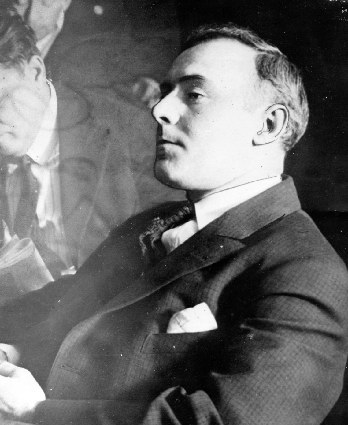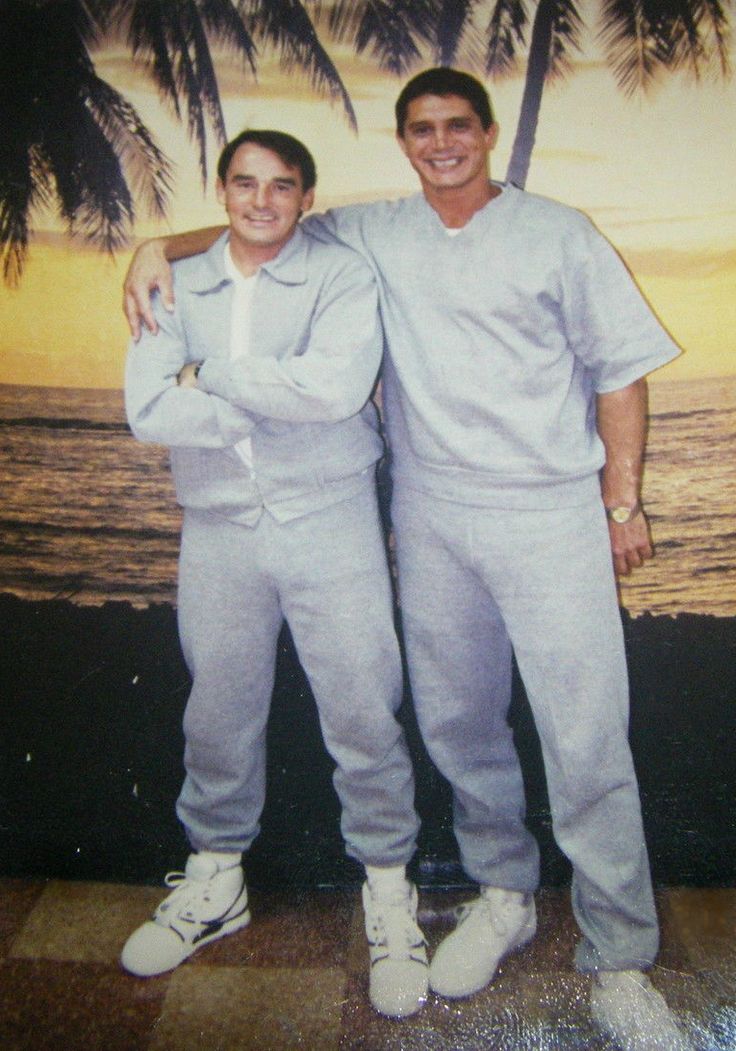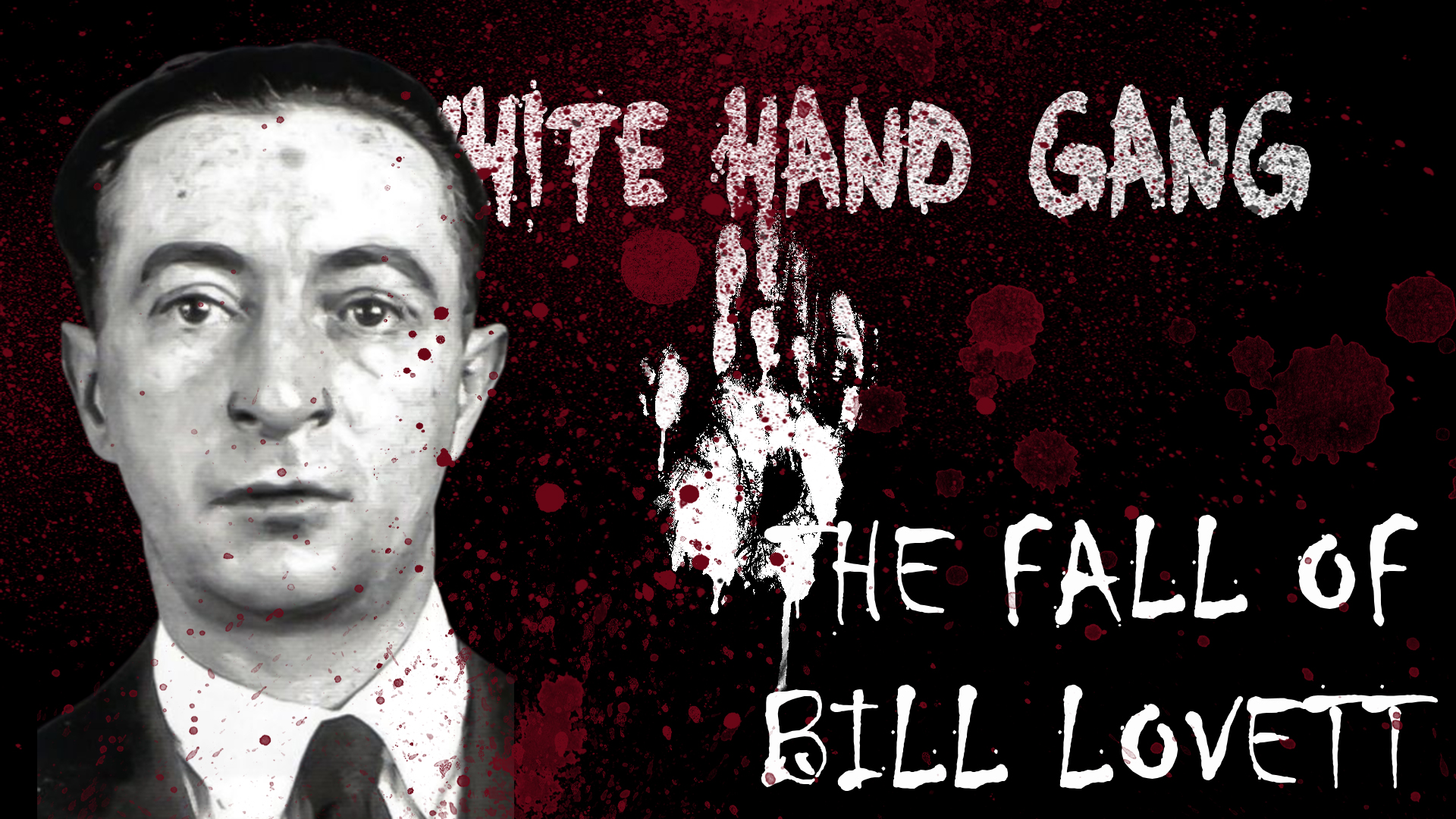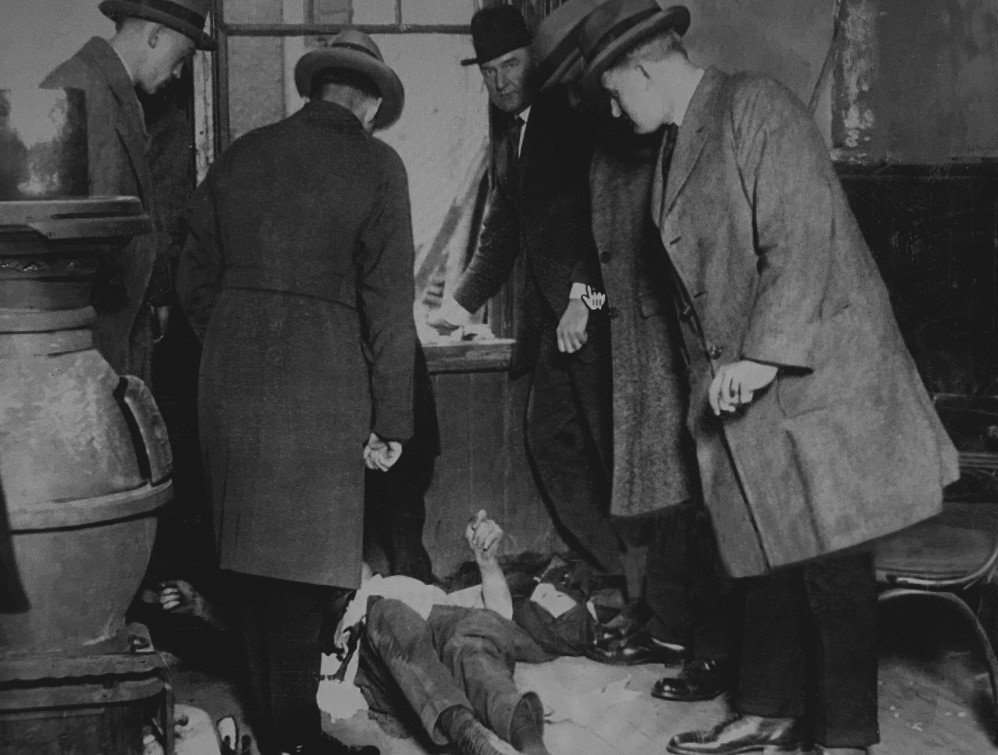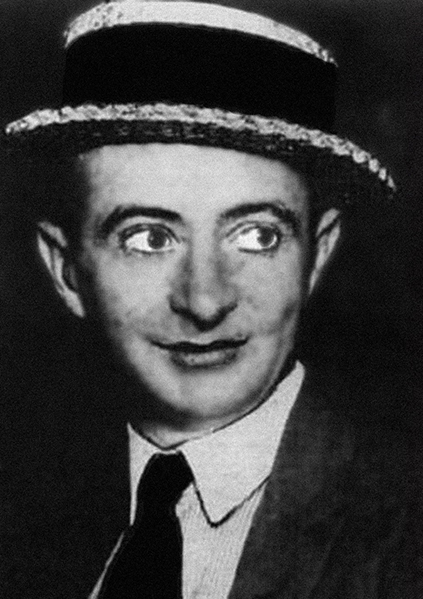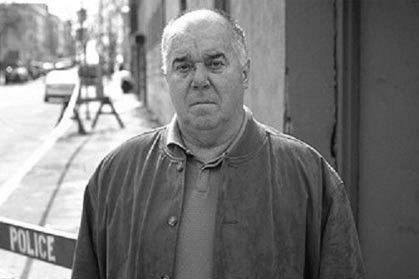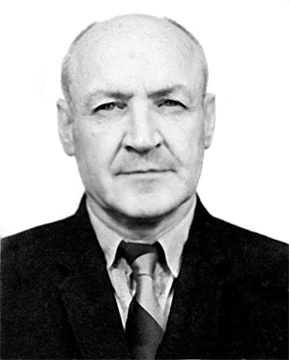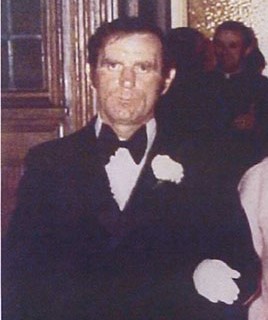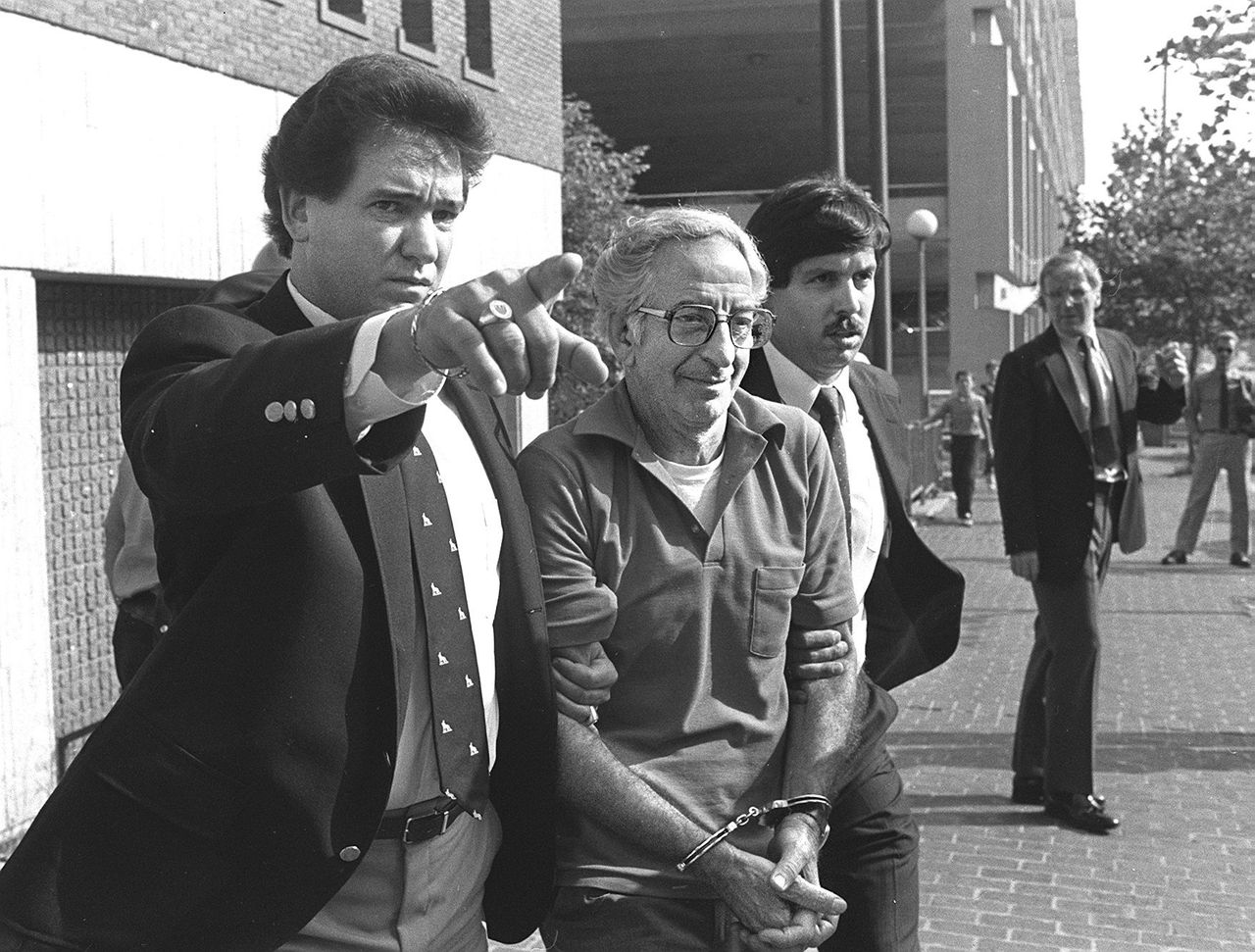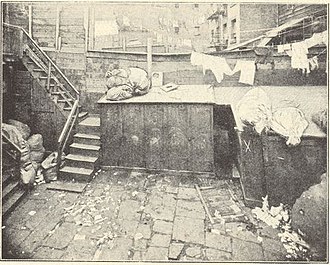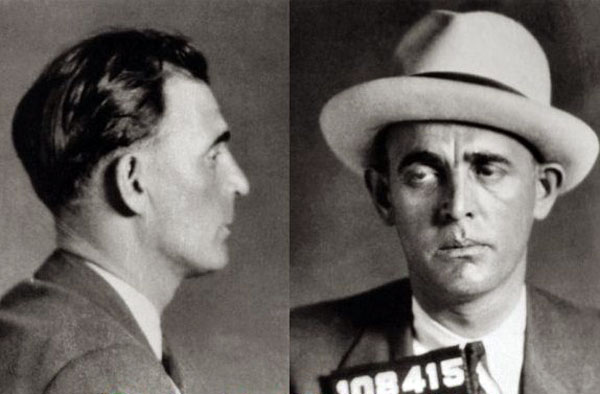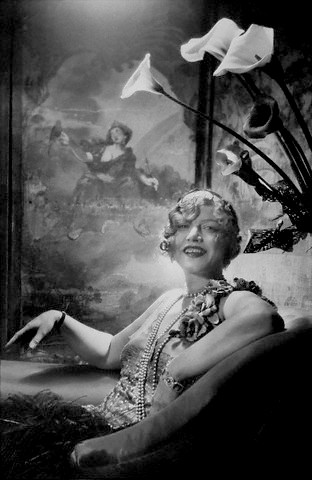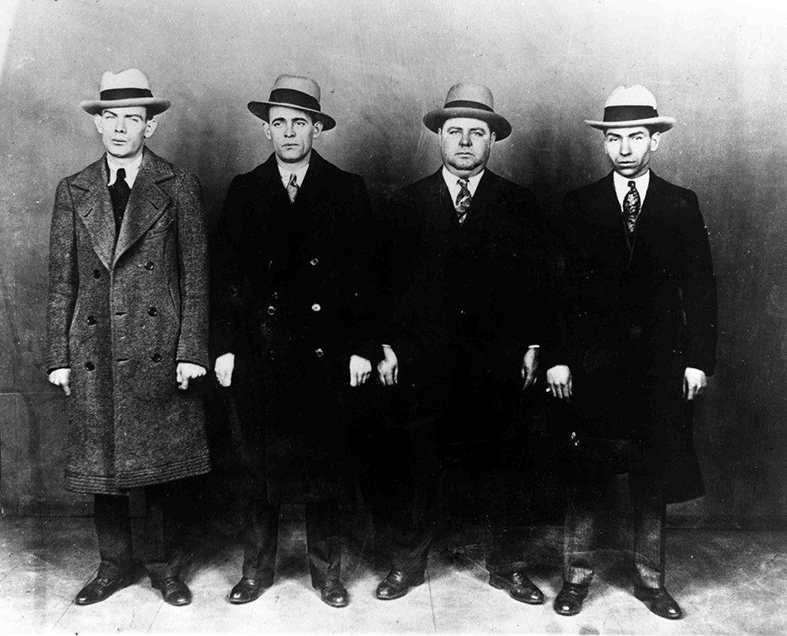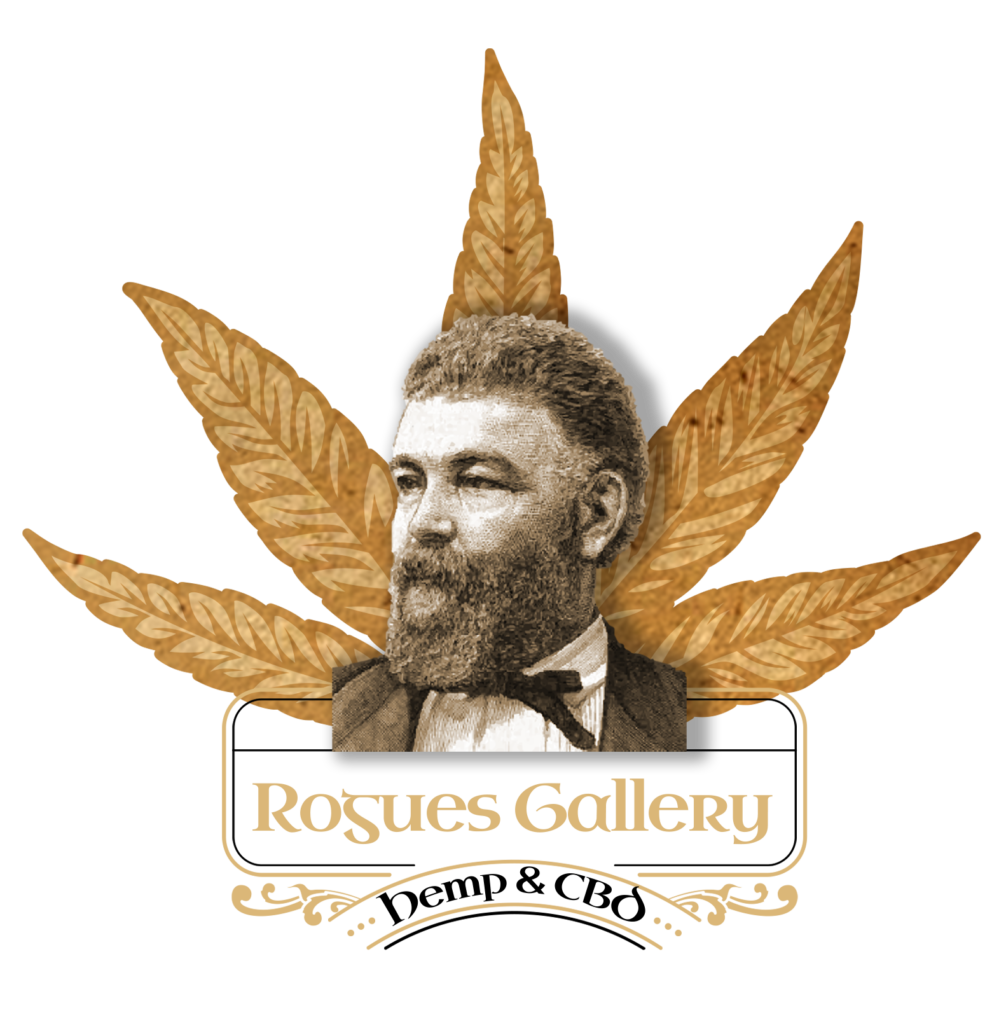Boss Tweed or William Magear Tweed was legendary for his total corruption & his enormous financial takings throughout his political career in the mid 1800’s and in all honesty could probably put the politicians of today to shame. Some estimates say in today’s money Tweed stole something between $1 – $4 billion
William Tweed was born on the Lower East Side of Manhattan in 1823 and live in a house on Cherry Street where his father had hoped he would become a chair maker just like him, he studied to be a book keeper and tried a number of jobs, brush maker, saddler and worked in the family business.

William Tweed became a volunteer firefighter, engine company number 12, in 1848, with the encouragement of John J. Reilly, state assemblyman, he and some friends organized the Americus Fire Company No. 6, also known as the “Big Six”. However firefighters back in the 1800’s werent as noble a profession as it is now, competition and fights between fire companies were regular as the competition could be so fierce that the buildings they were trying to save would sometimes burn down while the fire companies fought each other. Some members of volunteer fire companies were also connected to the street gangs that roamed the street and many members came from the immigrant groups that lived in Manhattan.
Tweed became known for his violence and was elected to be the Big Six foreman. Pressure from the chief engineer, got him thrown out of the crew, but Tweed’s exploits came to the attention of the politicians who ran the Seventh Ward, who encouraged him to put his name forward for a ward Alderman in the 1850 election. He lost that election to the Whig candidate but ran again the next year and won, getting his first political position. William Tweed was then elected to the House of Representatives in 1852, but his two-year term there was undistinguished by 1853, William Tweed was running the seventh ward for Tammany Hall, a hugely corrupt political organization in New York.

In 1856 Tweed was elected to the board of supervisors, by 1860 Boss Tweed would become the head of the central committee, becoming the Grand Sachem of Tammany Hall a couple of months later. Around this time despite having no legal qualifications he became a lawyer opened an office where he would collect legal fees, which were essentially just bribes. What began as petty skimming would soon turn into the Tweed Ring.
The Tweed Ring essentially controlled the appointments & nominations to every office in the city and had all of their people elected as mayor, governor and speaker of the state assembly. Voter fraud, intimidation and rigged elections were also rampant, to make sure the right result was achieved, Tweed would use the muscle of the Dead Rabbits and other gangs throughout the city. The Tweed Ring was largely made up of William Tweed, Peter B. Sweeney who was head of the Department of Parks, Comptroller Richard Connolly; Mayor A. Oakey Hall, a few key judges and legislators and various contractors.
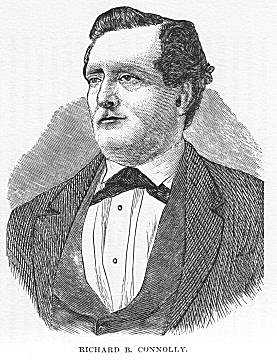
According to Tweed biographer Kenneth D. Ackerman:
“their methods were curiously simple and primitive. There were no skilful manipulations of figures, making detection difficult … Connolly, as Controller, had charge of the books, and declined to show them. With his fellows, he also ‘controlled’ the courts and most of the bar.”
Contractors working for the city – “Ring favorites, most of them – were told to multiply the amount of each bill by five, or ten, or a hundred, after which, with Mayor Hall’s ‘O. K.’ and Connolly’s endorsement, it was paid … through a go-between, who cashed the check, settled the original bill and divided the remainder … between Tweed, Sweeny, Connolly and Hall”
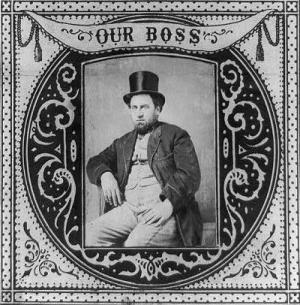
Although the Tweed Ring had a license to basically steal, they were strategically deployed to control key power points: the courts, the legislature, the treasury and the ballot box. One of the more shocking examples of how their operation worked was the construction of the New York State Courthouse which ballooned to $13 Million ($178 Million today) which was twice the cost of purchasing Alaska State at the time. “A carpenter was paid $360,751 (roughly $4.9 million today) for one month’s labor in a building with very little woodwork … a plasterer got $133,187 ($1.82 million) for two days’ work”
Tweed and his cronies ran New York like their own personal piggy bank, Tweed bought a mansion on Fifth Avenue and 43rd Street. By 1871, without shyness or shame, Tweed began wearing an immense 10 1/2- carat diamond stickpin, like a badge of success and command. When one of his daughters married that year, the gifts were estimated by one reporter to be worth $14 million in today’s dollars. He was a member of the board of directors of the Erie Railroad and the Brooklyn Bridge Company, the Third Avenue Railway Company and the Harlem Gas Light Company. He was president of the Guardian Savings Banks and he and the Tweed Ring set up the Tenth National Bank to better control their fortunes.

It would all come crashing down however, Tweed had been under attack from The New York Times and Thomas Nast, a cartoonist from Harper’s Weekly newspaper. Tweed reportedly said to Nast, “Stop them damned pictures. I don’t care so much what the papers say about me. My constituents don’t know how to read, but they can’t help seeing them damned pictures!” – but their campaign had only limited success in gaining traction as an investigation found that the books had been “faithfully kept”
It wasnt until the Orange Riots in which Catholic & Protestant Irish people engaged in battles with each other did it lead to Tweeds arrest after his accounts had been published in a New York Times & Thomas Nast expose, it was discovered that money that went directly from city contractors into Tweed’s pocket. Tweed was arrested and given bail of $1 million. However, Tweed managed to get re-elected to the state senate in November 1871, due to his personal popularity but in general Tammany Hall candidates did not do well, members of the Tweed Ring began to flee with many of them going overseas.
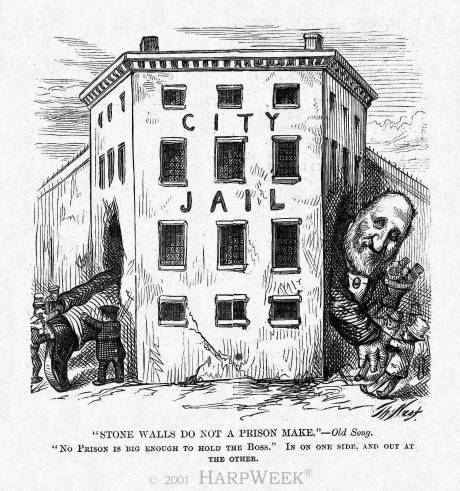
Tweed was re-arrested and was forced to resign his city positions, he was replaced as Tammany’s leader. He was again released on bail $8 million this time. In January 1873, Tweeds first trial ended when the jury was unable to agree on a verdict. His retrial resulted in convictions on 204 of 220 counts, a fine of $12,750 (the equivalent of $270,000 today) and a prison sentence of 12 years; it was appealed and a higher court reduced Tweed’s sentence to one year in the Tombs prison. After his release from prison, New York State filed a civil suit against Tweed, attempting to recover embezzled funds but unable to put up the $3 million bail, Tweed was locked up in the Ludlow Street Jail, Tweed escaped and fled to Spain, the U.S. government discovered his whereabouts and arranged for his arrest once he reached the Spanish border; he was recognized from Nast’s political cartoons. He was turned over to an American warship, the USS Franklin, which delivered him to authorities in New York City on November 23, 1876, and he was returned to prison.

William “Boss” Tweed died in prison in 1878 from severe pneumonia. It is estimated Boss Tweed took as much as 1 to 4 Billion Dollars in todays money.
Sources:
https://www.interesly.com/tweed-day-boss-tweed/
https://www.nytimes.com/
https://allthatsinteresting.com/william-boss-tweed-tammany-hall
Herbert Asbury – The Gangs of New York

